Five Trends for 2021: accountability, automation, edge, sustainability, innovation
What we can expect for mission-critical digital infrastructure in 2021?
Each autumn Uptime Institute, like many other organizations, puts together a list of some of the big trends and themes for the year ahead. This time, we have focused on five big trends that might not have been so obvious 12 months ago.
Heading into 2021, during a macroeconomic downturn, the critical digital infrastructure sector itself continues to expand and to attract enviable levels of new investment. The ongoing build-out of new data centers and networks is largely being driven by cloud, hosted, and “as-a-service” workloads, as more enterprises seek to outsource more of their IT and/or data center capacity. However, for many managers, the COVID-19 pandemic has forced a reassessment — of working practices and, in particular, of risk. The global economy’s dependence on IT is growing, and this is catching the attention of an increasing number of customers, governments and watchdogs.
The coming year (and beyond) also holds new opportunities: Edge computing, artificial intelligence (AI) and new innovations in hardware and software technologies promise greater efficiencies and agility.
Here are Uptime Institute’s five trends for 2021, summarized:
1. Accountability — the “new” imperative
Enterprises want more cloud and greater agility, but they can’t outsource responsibility — for incidents, outages, security breaches or even, in the years ahead, carbon emissions. In 2021, hybrid IT, with workloads running in both on- and off-premises data centers, will continue to dominate, but investments will increasingly be constrained and shaped by the need for more transparency, oversight and accountability. More will be spent on cloud and other services, as well as in on-premises data centers.
2. Smarter, darker data centers
Following a scramble to effectively staff data centers during a pandemic, many wary managers are beginning to see remote monitoring and automation systems in a more positive light, including those driven by AI. An adoption cycle that has been slow and cautious will accelerate. But it will take more than just investment in software and services before the technology reduces staffing requirements.
3. Edge — the next frontier
Significant new demand for edge computing, fueled by technologies such as 5G, the internet of things and AI, is likely to build slowly — but the infrastructure preparation is underway. Expect new alliances and investments across enterprise, mobile and wireline networks, and for a wide range of edge data centers, small and large. Smart and automated software-defined networks and interconnections will become as important as the physical infrastructure.
4. Sustainability: More challenging, more transparent
For years, operators could claim environmental advances based on small, incremental and relatively inexpensive steps — or by adopting new technologies that would pay for themselves anyway. But the time of easy wins and greenwashing is ending: Regulators, watchdogs, customers and others will increasingly expect operators of digital infrastructure to provide hard and detailed evidence of carbon reductions, water savings and significant power savings — all while maintaining, if not improving, resiliency.
5. A surge of innovation
Data center operators (and enterprise IT) are mostly cautious, if not late, adopters of new technologies. Few beyond hyperscale operators can claim to have gained a competitive advantage through technology. However, several new technologies are maturing at the same time, promising advances in the performance and manageability of data centers and IT. Storage-class memory, silicon photonics, ARM servers and software-defined power are ready for greater adoption.
This is a summary of the full report on new Trends for 2021. The full report is available to members of the Uptime Institute. Click to learn more.

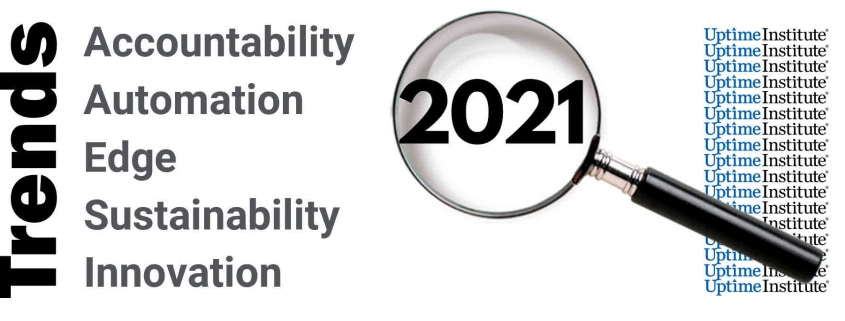 UI 2020
UI 2020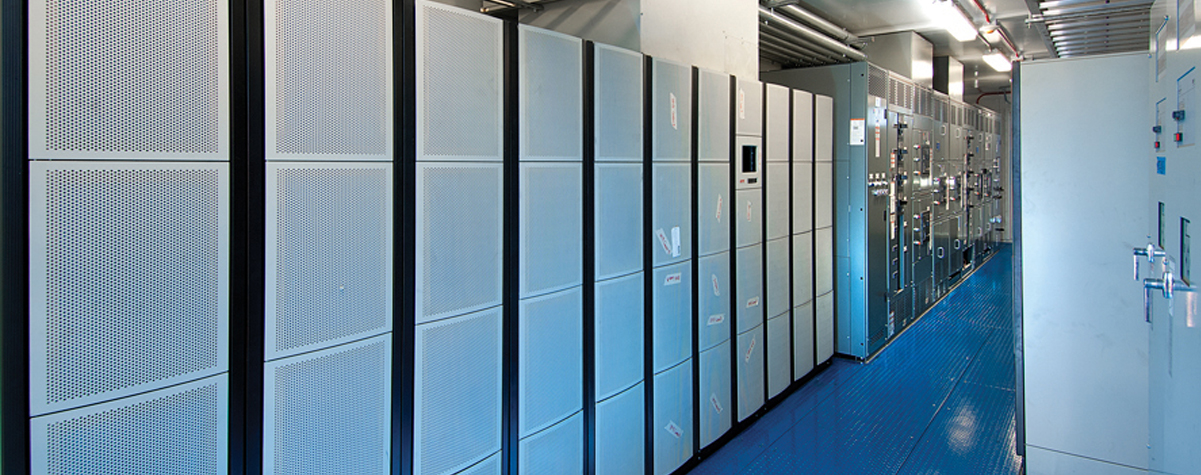

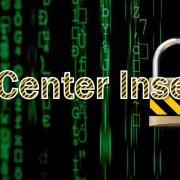



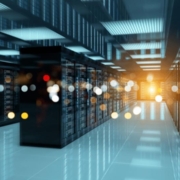
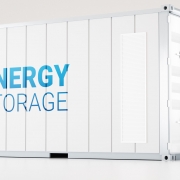 2019
2019
 UI @ 2020
UI @ 2020